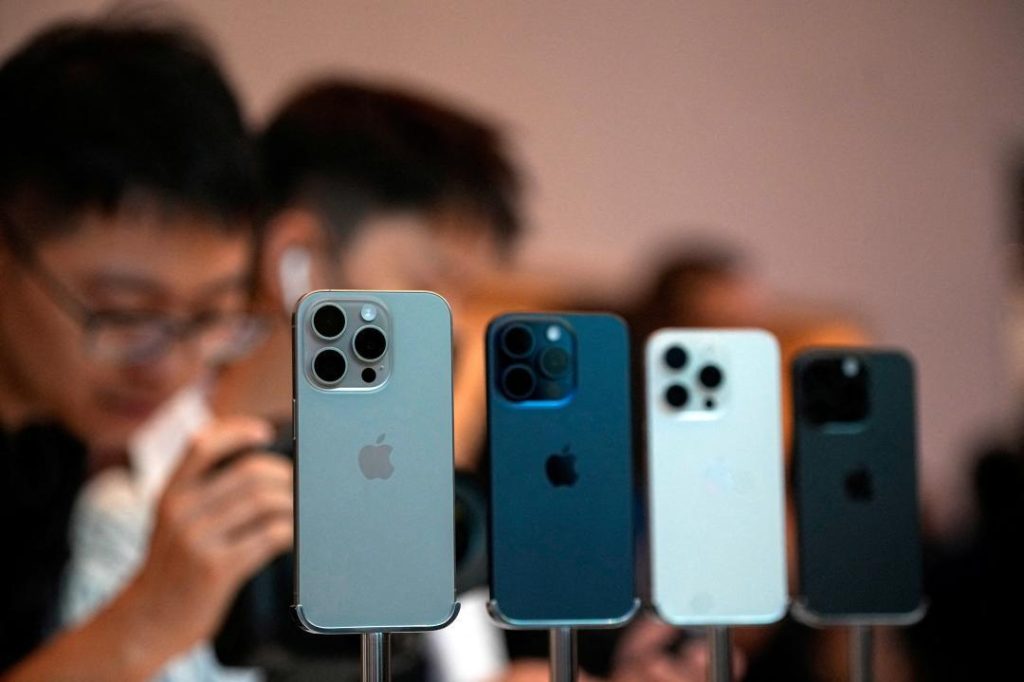
How Much Does it Cost to Make an iPhone? And How May it Change Due to US Tariffs?
The iPhone, one of the most iconic and popular smartphones in the world, is a masterpiece of engineering and design. But have you ever wondered how much it costs Apple to make one of these devices? The answer might surprise you. In this blog post, we’ll delve into the cost breakdown of an iPhone and explore how US tariffs may impact its production cost.
According to a recent article by Moneycontrol, Apple spends a significant amount to manufacture a 256GB iPhone 16 Pro. The cost includes a variety of components, such as the A18 Pro chip, rear camera systems, display, and more.
Breaking Down the Cost
Here’s a breakdown of the estimated cost of making an iPhone 16 Pro:
- A18 Pro chip: $90.85
- Rear camera systems: $126.95
- Display: $37.97
- Other components: $325.23
- Labor and manufacturing costs: $99.6
Adding up these costs, Apple spends around $580 (over ₹50,000) to make a 256GB iPhone 16 Pro.
The Impact of US Tariffs
Now, let’s talk about the impact of US tariffs on iPhone manufacturing costs. As many iPhones are assembled in China, US tariffs would apply to the entire manufacturing cost. The 54% tariffs would raise the manufacturing cost to approximately $847 (around ₹73,400).
Here’s how the tariffs would affect the cost breakdown:
- A18 Pro chip: $90.85 (no change due to tariffs)
- Rear camera systems: $126.95 (no change due to tariffs)
- Display: $37.97 (no change due to tariffs)
- Other components: $325.23 (additional 54% tariff: $175.73)
- Labor and manufacturing costs: $99.6 (additional 54% tariff: $53.72)
As you can see, the tariffs would significantly increase the cost of manufacturing an iPhone. This could lead to higher prices for consumers and potentially impact Apple’s profit margins.
Why Tariffs are a Concern for Apple
The tariffs imposed by the US are a major concern for Apple, as they would increase the cost of producing iPhones. This could lead to a range of negative consequences, including:
- Higher prices for consumers: With increased manufacturing costs, Apple may need to raise prices to maintain its profit margins. This could be a significant blow to consumers who are already paying premium prices for iPhones.
- Reduced demand: Higher prices could lead to reduced demand for iPhones, which could negatively impact Apple’s sales and revenue.
- Competition from other manufacturers: Other smartphone manufacturers, such as Samsung, may be able to undercut Apple on price, potentially stealing market share.
Conclusion
In conclusion, Apple spends around $580 to make a 256GB iPhone 16 Pro. However, US tariffs could increase this cost to approximately $847 due to the 54% tariffs on components assembled in China. This could lead to higher prices for consumers and potentially impact Apple’s profit margins. As the global economy continues to evolve, it’s essential for companies like Apple to adapt to changing tariffs and trade policies to remain competitive.
Source:






